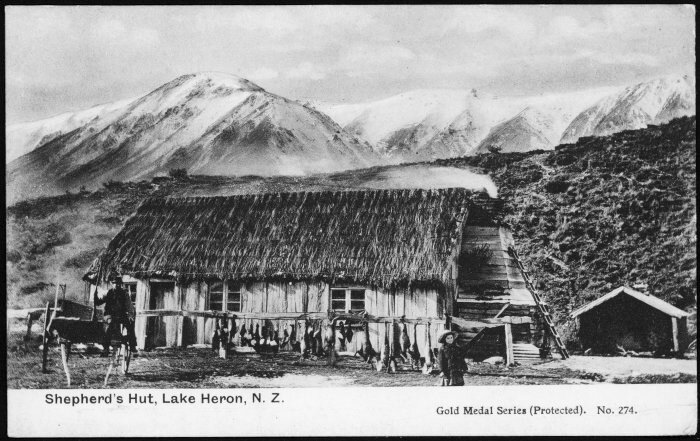
The History of High-Country Farming and Pastoral Leases.
Pastoral farming in the High Country of the South Island goes back to the 1850s. However, overgrazing and rabbit plagues, along with severe climatic events such as snow and drought and various animal disease issues, saw many properties intermittently abandoned or destocked from 1880 to 1900.
By 1948 much of the high country was in a degraded state. The Crown had to take over the management of some abandoned properties, Molesworth Station being the best-known example.
The Crown was concerned by the increasingly apparent adverse impacts of pest animals (primarily rabbits) and weeds. These were threatening biodiversity and soil stability.
The lease and licence holders of the time had little incentive, however, to manage these problems because there was no guarantee that their licence or lease would be renewed. Lack of security of tenure undermined any long term stewardship
The Crown saw the establishment of the modern perpetually renewable pastoral lease under the Land Act 1948 as a way it could give the families on these properties encouragement to farm for long term sustainable outcomes on the land and make them, “the lessees”, responsible for weed and animal pest control.
Except for express retained rights, the Crown alienated almost the entire bundle of property rights to the lessee to provide “absolute security of tenure”, creating an enduring contractual relationship.
The Government’s stated intention in providing security of tenure was to give farmers an incentive to invest in the land and manage it with a long-term view.
This is precisely what has occurred. Under the pastoral lease system, the High Country is in much better condition than it was in 1948, and in many cases performing better than similarly situated land parcels not governed by this system.
High-country pastoral farming can deliver sustainable environmental outcomes; it is not a barrier to achieving them.
The lessee’s rights are:
The right of exclusive possession and quiet enjoyment to the entire leased area
The exclusive right to graze the entire leased area
The perpetual right of lease renewal every 33 years
Ownership of their ‘improvements’ – including not only buildings, roads, fences, bridges, power infrastructure and so forth, but also pasture, drainage infrastructure, water infrastructure for stock and domestic use, and improvements to the character or fertility of the soil
The right to transfer the lease (whether by succession or sale) as the lessee chooses subject only to the Crown being satisfied that the transferee has the necessary skills to farm the lease properly
The Crown’s rights are:
The Crown’s rights as lessor are intentionally limited
The right to review the rent every 11 years in accordance with (now settled) law
The right to impose stock limits on the land and to control certain activities such as burning, tracking, new cultivation, and clearance of ‘bush and scrub’ (i.e., the act of making ‘improvements’ which become the property of the lessee)
The right of entry to inspect the land
The right to control activities on the land other than pastoral farming through the ‘recreation permit’ regime
The right of resumption in limited circumstances for fair compensation.
The lessee has no right to the soil and must farm the land diligently, keeping weed and animal pests under control.



